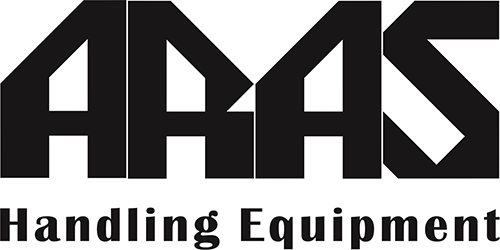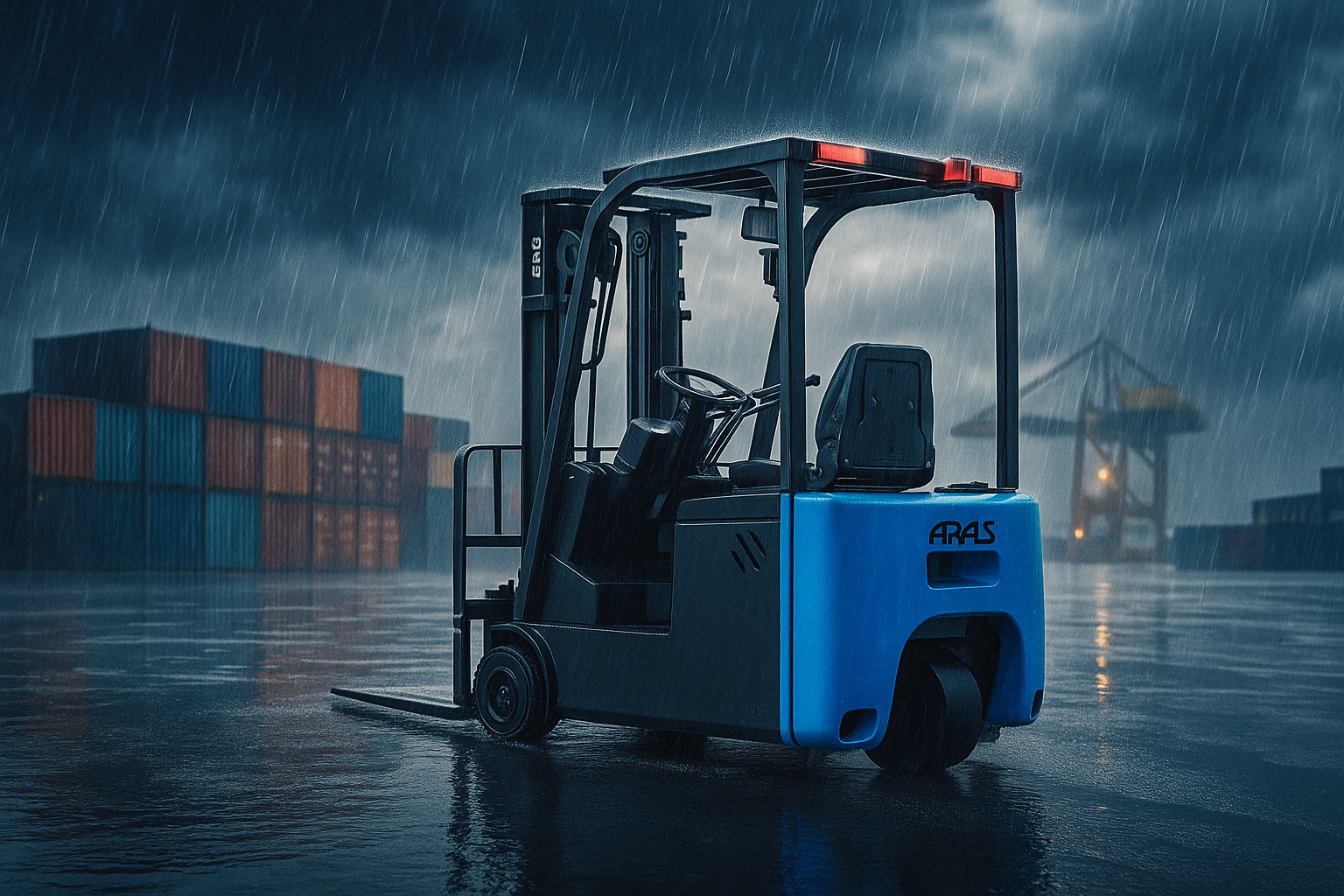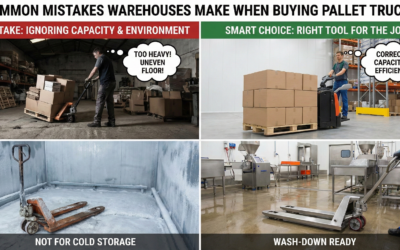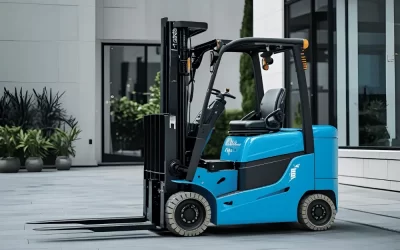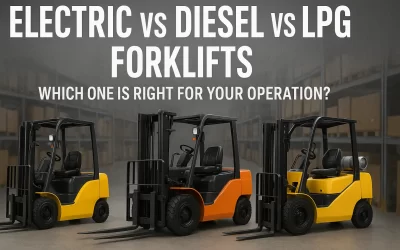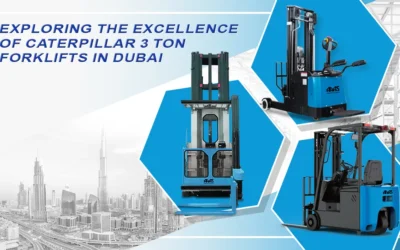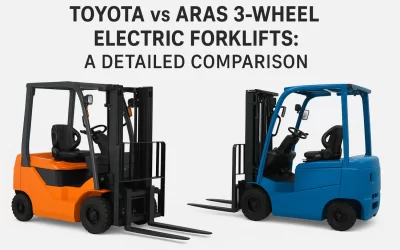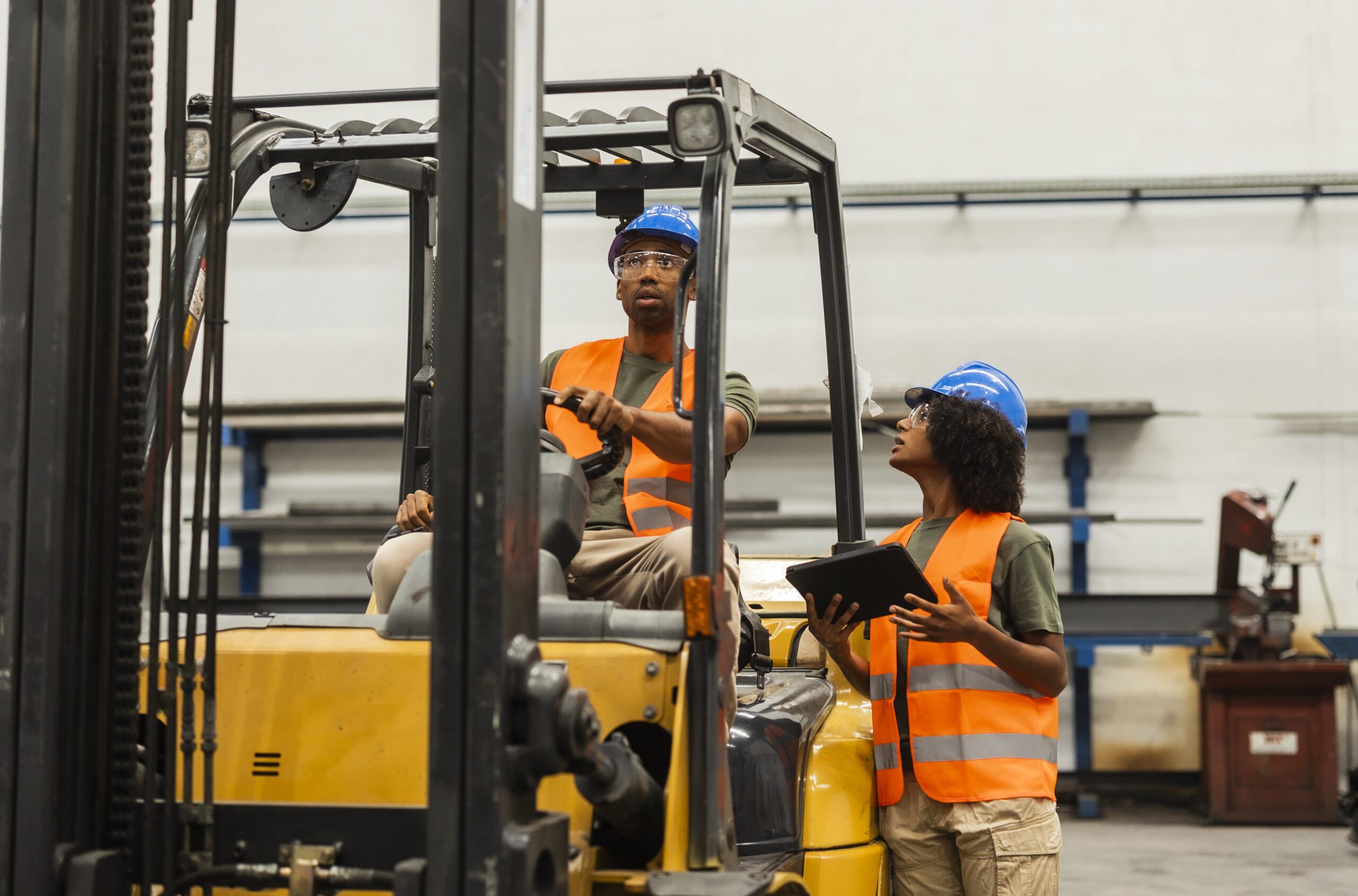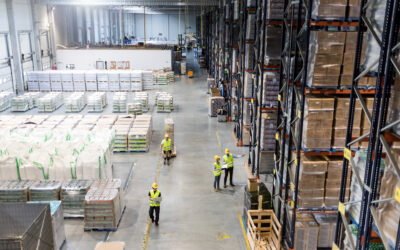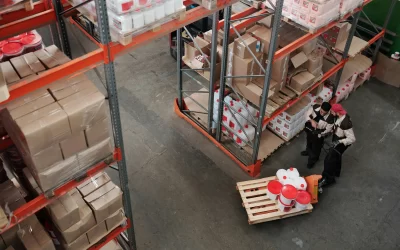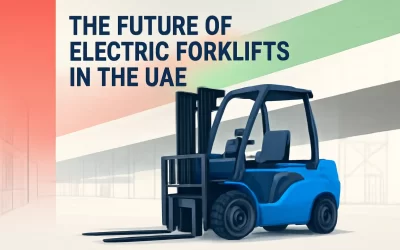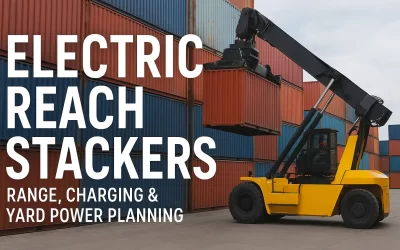When “Small Is Powerful”: The Rise of Compact Forklifts
In modern warehousing and logistics, space efficiency and maneuverability are often more valuable than sheer power. Compact forklifts have become indispensable for operations where every square meter counts. These smaller models are designed to move easily through narrow aisles, navigate tight corners, and operate safely in areas where full-sized trucks would be impractical.
Advantages of Compact Forklifts
Compact forklifts excel in environments that demand precision and agility. Their shorter wheelbase and tighter turning radius allow operators to maneuver with minimal clearance — a critical advantage in e-commerce fulfillment centers, component warehouses, and FMCG facilities where storage density is high.
Other key advantages include:
- Space saving: They reduce the need for wide aisles, allowing more racking space and improved warehouse utilization.
- Energy efficiency: Most compact models are electric, providing lower running costs and zero emissions — essential for indoor operations and sustainability targets.
- Ease of transport: Their lighter weight makes them simpler to load onto trucks for mobile or multi-site use.
However, compact forklifts aren’t without trade-offs. Their load capacity typically caps between 1 to 2.5 tons, making them unsuitable for heavy-duty or outdoor industrial applications. They also struggle on uneven terrain, where pneumatic tires and higher ground clearance are essential.
The Power Player: 3 Ton Forklifts and Their Strengths
When lifting power takes precedence over maneuverability, the 3 ton forklift is the industry workhorse. These models are common in manufacturing, construction, and large-scale warehousing, where throughput and heavier materials dominate.
Strengths of 3 Ton Forklifts
- Higher load capacity: With the ability to handle up to 3,000 kg, they can lift bulk pallets, heavy drums, and industrial components effortlessly.
- Rugged design: Built with stronger chassis and reinforced masts, these forklifts ensure stability during high lifts and continuous operations.
- Performance under pressure: Ideal for multi-shift warehouses, 3 ton forklifts can endure long hours without compromising performance.
- Versatility: Available in both electric and internal combustion (IC) models, they suit both indoor and outdoor applications.
Trade-Offs
Their strength comes at a cost — literally and operationally.
- Larger footprint: Requires wider aisles and more clearance space.
- Higher energy or fuel consumption: IC engines consume more fuel; even electric models draw more power due to higher torque demands.
- Increased maintenance costs: Heavier use means faster wear on components like tires, brakes, and hydraulics.
Key Parameters to Compare: What Really Matters
Choosing between compact and 3 ton forklifts requires aligning the machine’s performance with your warehouse ecosystem — not just the price tag. The following parameters should guide your decision:
1. Load Patterns
Analyze your heaviest and most frequent loads. If daily handling involves mostly lightweight goods under 2 tons, a compact electric forklift is ideal. But if you routinely lift dense materials or heavy pallets, a 3 ton forklift provides the reliability and safety margin required.
2. Warehouse Layout
Aisle width, ceiling height, and floor conditions define your maneuverability limits.
- Narrow aisles (<2.5 m): Compact forklifts thrive here.
- Standard aisles and open bays: 3 ton models are better suited, provided floor load limits support the additional weight.
3. Lift Height & Reach
For stacking or mezzanine-level storage, ensure the forklift’s mast height matches your storage system. Compact forklifts handle moderate lift heights efficiently, while 3 ton versions are optimized for high-bay warehousing.
4. Power Source
Electric forklifts deliver quiet, emission-free operation — best for indoor logistics and e-commerce.
Internal combustion forklifts, powered by LPG or diesel, remain the go-to for outdoor environments and operations requiring longer duty cycles.
5. Lifecycle Cost & Maintenance
Factor in the total cost of ownership (TCO) — including energy, maintenance, and service intervals. Electric compact forklifts often win in long-term efficiency, while IC 3 ton models may offer lower upfront cost but higher operating expenses over time.
Real-World Scenarios and ROI Insights
Small E-Commerce or FMCG Warehouse
In fast-moving consumer goods or small fulfillment hubs, compact forklifts shine. They reduce travel distances, fit between densely packed shelves, and allow high operator productivity in confined areas.
ROI Tip: The energy savings and space optimization can deliver payback within two years for operations with limited floor space.
Heavy Manufacturing Facility
For sectors like automotive, steel fabrication, or construction materials, the 3 ton forklift is the backbone of heavy material handling.
ROI Tip: The higher upfront cost is offset by load efficiency and reduced handling cycles. For high-throughput operations, this translates to measurable productivity gains.
Hybrid Fleet Approach
Many enterprises now deploy a hybrid fleet — combining compact electric units for indoor use and 3 ton IC forklifts for outdoor or loading dock work.
This approach ensures the right equipment is used for the right task, maximizing safety, efficiency, and cost control.
Safety, Ergonomics, and Operator Well-being
Forklift safety is non-negotiable, regardless of size. Both compact and 3 ton models present unique safety considerations:
- Stability and tipping risk: Compact forklifts can become unstable if overloaded or operated on uneven surfaces. Conversely, 3 ton models require careful handling when lifting heavy loads at full height.
- Operator comfort: Modern electric forklifts feature adjustable seats, ergonomic controls, and panoramic visibility — reducing fatigue and improving concentration.
- Training and certification: Operators must undergo proper certification, especially when transitioning between electric and IC forklifts due to differences in braking and acceleration behavior.
Future Trends and Innovations
The forklift industry is moving toward automation, sustainability, and data-driven operations.
1. Compact Electric Forklifts with Lithium-Ion Batteries
Next-generation electric forklifts are powered by lithium-ion batteries that recharge faster, last longer, and support opportunity charging — minimizing downtime.
2. Smart Sensors and Telematics
Built-in IoT sensors and telematics systems provide real-time data on usage, performance, and maintenance needs. These insights help optimize fleet utilization and improve safety compliance.
3. Autonomous and Semi-Autonomous Systems
Automation is reshaping warehouse logistics. Compact electric forklifts equipped with autonomous navigation and vision systems are now capable of handling repetitive tasks, freeing human operators for more complex operations.
Conclusion: Making the Right Choice
Selecting between a compact and a 3-ton forklift isn’t about which is better — it’s about which is better for your operation.
If agility, energy savings, and tight-space navigation are priorities, a compact electric model is unbeatable. For demanding environments that require strength, endurance, and high load capacity, the 3-ton forklift remains the clear winner.
In many modern operations, the smartest strategy is a hybrid fleet, supported by telematics, safety innovations, and sustainable power systems. As warehouse automation and electric mobility advance, the line between “small” and “powerful” continues to blur — proving that in today’s logistics, efficiency is the new strength.
